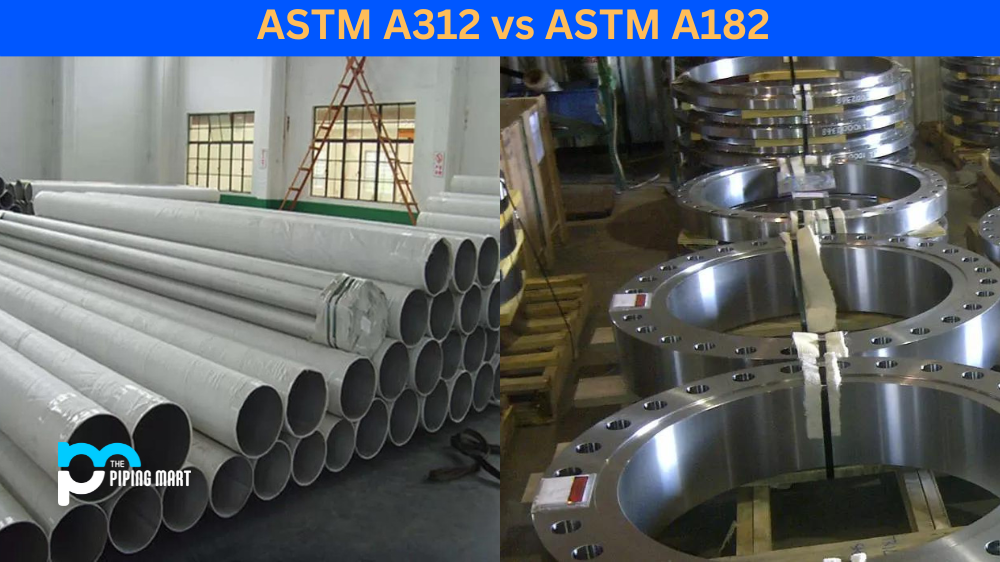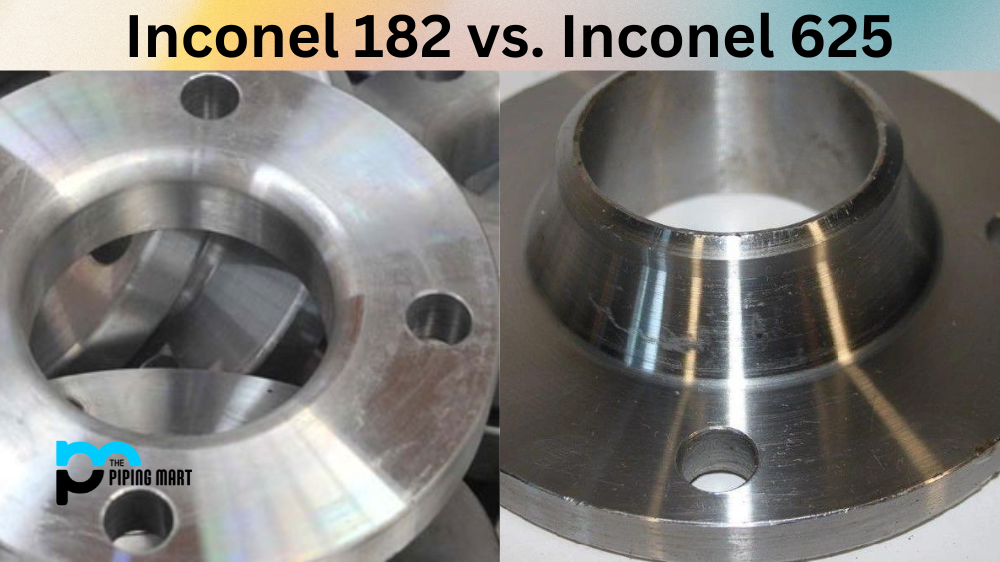When selecting the right type of pipe fittings and flanges, choosing the right material is always important. Two popular materials commonly used in industries are ASTM A312 and ASTM A182. While both materials have their unique advantages, some key differences make them distinct from each other. This blog post explores the differences between ASTM A312 and ASTM A182 to help you understand which is better for your specific application.
ASTM A312
ASTM A312 is a standard specification for seamless, welded, and heavily cold-worked austenitic stainless steel pipes. It covers materials such as TP304, TP304L, TP316, and TP316L. These materials are widely used in the oil, gas, chemical, and petrochemical industries because of their exceptional resistance to corrosion, high-temperature resistance, and durability. ASTM A312 pipes are preferred for high-pressure applications since they can withstand high-pressure and high-temperature environments.
ASTM A182
ASTM A182 is a standard specification for forged or rolled alloy-steel pipe flanges, forged fittings, and valves. The material is divided into several grades, such as F304, F316, F321, F347, and more. It is commonly used in petrochemicals, oil refineries, and power generation plants. This material is known for its strength, durability, and corrosion resistance, making it an ideal choice for high-pressure and high-temperature applications.
Differences Between ASTM A312 and ASTM A182
One of the key differences between ASTM A312 and ASTM A182 is their composition. ASTM A312 is typically made of austenitic stainless steel, an iron-based alloy containing chromium and nickel. On the other hand, ASTM A182 includes several grades of alloys, such as stainless steel, carbon steel, and low alloy steel, with specified minimum levels of alloying elements.
Another difference between the two materials is in their applications. ASTM A312 is mainly used for pipes, while ASTM A182 is primarily used for fittings, flanges, and valves. ASTM A312 is preferred in high-pressure and high-temperature environments since it can withstand these conditions better. At the same time, ASTM A182 is used where strength and durability are required, such as in heavy machinery construction.
Material
The most significant difference between ASTM A312 and ASTM A182 is the material that they are made from. ASTM A312 is made from austenitic stainless steel, while ASTM A182 is made from ferritic stainless steel. Austenitic stainless steel is a type of stainless steel that contains chromium and nickel, while ferritic stainless steel contains only chromium.
Chemical Composition
Another key difference between these two standards is the chemical composition. The chemical composition of ASTM A312 includes carbon, manganese, silicon, chromium, nickel, molybdenum, and nitrogen. The chemical composition of ASTM A182 includes carbon, manganese, silicon, chromium, and molybdenum.
Mechanical Properties
ASTM A312 has a higher tensile strength than ASTM A182. Additionally, ASTM A312 has a higher yield strength and a higher modulus of elasticity. This means that it can withstand more force before it yields or breaks.
Temperature Range
ASTM A312 can withstand higher temperatures than ASTM A182. Austenitic stainless steel has a higher melting point than ferritic stainless steel. As a result, ASTM A312 is often used in high-temperature applications such as boiler tubes and heat exchangers.
Cost
Finally, there is a cost difference between these two standards. Because austenitic stainless steel is more expensive than ferritic stainless steel, ASTM A312 is typically more costly than ASTM A182.
Advantages
ASTM A312 and ASTM A182 offer several advantages compared to other materials. ASTM A312 pipes offer excellent corrosion resistance, making them an ideal choice for harsh environments. ASTM A182, on the other hand, offers high strength and exceptional durability, ensuring that the fittings and flanges can handle high-pressure and high-temperature applications.
Conclusion
In conclusion, when choosing between ASTM A312 and ASTM A182, it is important to understand the applications and requirements of your project. Both materials have unique advantages, and the choice between them ultimately depends on the specific needs of your project. However, if you are looking for pipes, ASTM A312 might be the better option, and if you are looking for fittings and flanges, then ASTM A182 could be the better choice.

Pipingmart is a B2B portal that specializes in metal, industrial and piping items. Additionally, we share the latest information and information about materials, products and various types of grades to assist businesses that are involved in this business.




